
Family farmers in British Columbia were already struggling. Then Trump started a trade war
A trade war could help remake B.C.’s food system, but will family farmers be left...
In July, the arms-length organization that oversees Alberta’s electricity grid announced the sudden departure of its CEO, Mike Law.
At the same time, Alberta is undertaking a massive overhaul of its electricity system and market — an overhaul the Alberta government has been keen to influence.
As a new CEO with a background more in line with the United Conservative Party government’s goals takes the reins, questions remain about Law’s departure and the transition in leadership.
On July 4, the Alberta Electric System Operator’s government-appointed board announced one of its own members, Aaron Engen, would replace Law. Engen has a background investing in technologies including small modular reactors, hydrogen, carbon capture and storage and “renewable natural gas.”
“This is a critical time for the [Alberta Electric System Operator] as we move toward both a new market design and significant energy transition activities,” Karl Johannson, the board chair, said in a news release. “The [Alberta Electric System Operator] continues to focus on the next milestone as it progresses design work on the restructured energy market in parallel with government policy.”
Engen, who was appointed by the United Conservative Party government under former premier Jason Kenney in 2020, officially took over on Aug. 1.
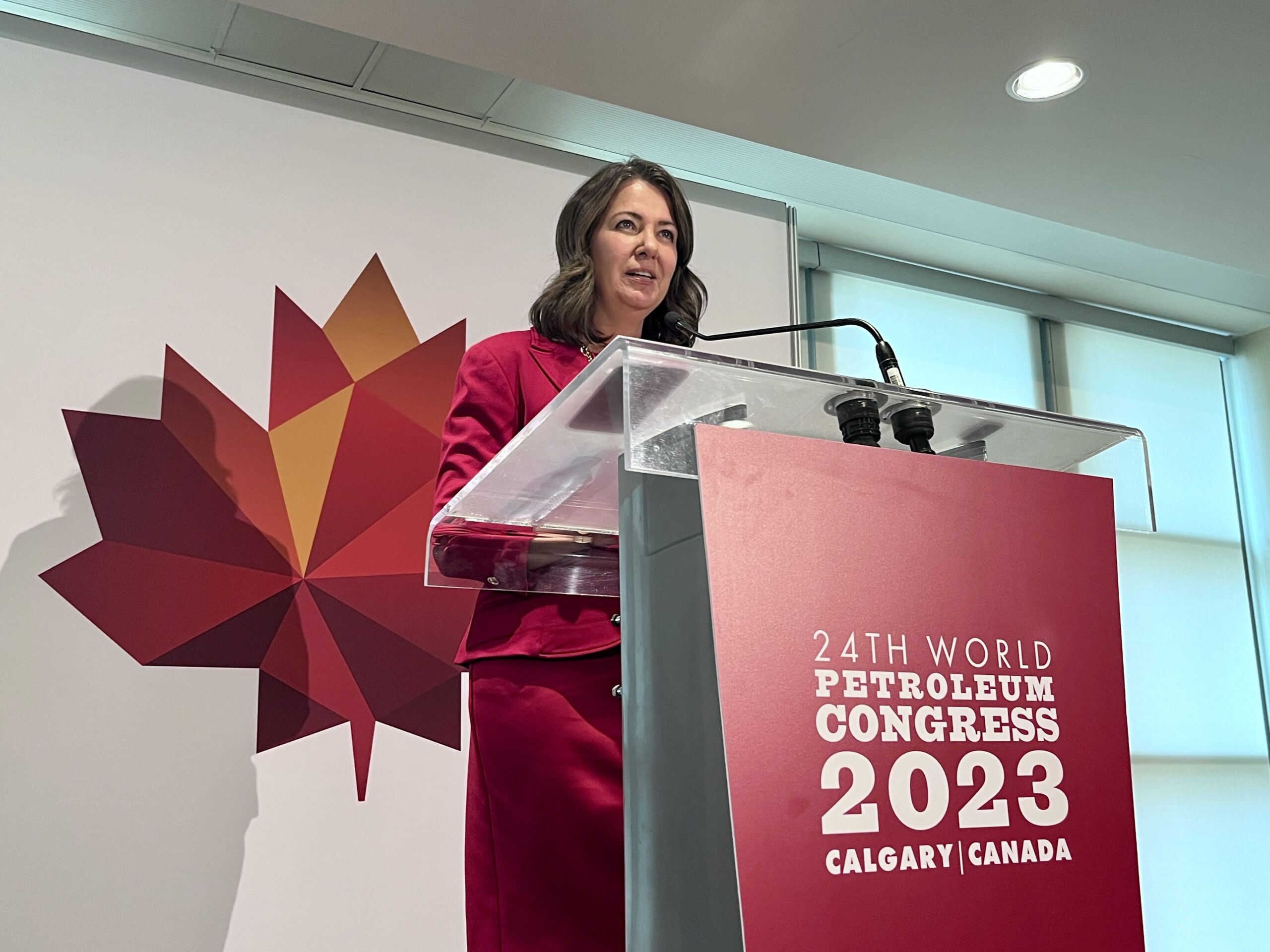
The circumstances of Law’s departure — whether he was fired or resigned — were not revealed. The Alberta Electric System Operator said it would not clarify the nature of his departure and declined to answer a list of questions regarding Law, ongoing market reforms and new internal documents obtained by The Narwhal. The office of Nathan Neudorf, minister of affordability and utilities, did not respond to requests for comment.
What is clear is there was deep consternation within the organization Law oversaw around aggressive moves by the provincial government to significantly change the electricity market and the technologies that drive it — including support for technologies in which Engen has a financial background.
The government has made no secret it supports increasing development in those technologies — particularly small modular reactors and hydrogen — while trying to rein in a surging renewable energy sector.
“Alberta’s government will incentivize investments in carbon capture, utilization and storage, nuclear, geothermal and other reliable sources of base load power,” the government said in its throne speech in 2023.
Lisa Young, a political scientist at the University of Calgary, said she can’t speculate on what happened in this particular instance, but said there’s been a trend in Alberta with government-appointed boards removing executives who aren’t in line with government desires.
“We’ve certainly seen the Alberta government flexing its muscle over the last five or six years, using its power of appointment of boards,” she said.
Young has lingering questions: what happened to Law and how was Engen selected to replace him?
“I can’t speak to [the Alberta Electric System Operator] in particular, what I can say is for the very senior public sector jobs, like CEO of [Alberta Health Services], or president of a university, you would normally see a hiring committee struck,” she said.
“A search consultant would be hired to find the possible candidates in a national or international search and then after a time there would be an appointment made. So moving someone from the board into that role is sort of extraordinary.”
The office of Premier Danielle Smith did not respond to questions about the government using its power of board appointments to remove executives from arms-length bodies, nor about Law’s departure.
Law had been with the system operator since 2009 and was promoted to the lead role in 2019. He is a mechanical engineer with a masters of business administration in finance.
Engen has a background in complex energy markets, including fossil fuels, and most recently served as vice-chair of investment and corporate banking at BMO Capital Markets, as well as helping to lead BMO’s energy transition group. Prior to BMO, he practiced corporate and securities law, according to the news release announcing his appointment.
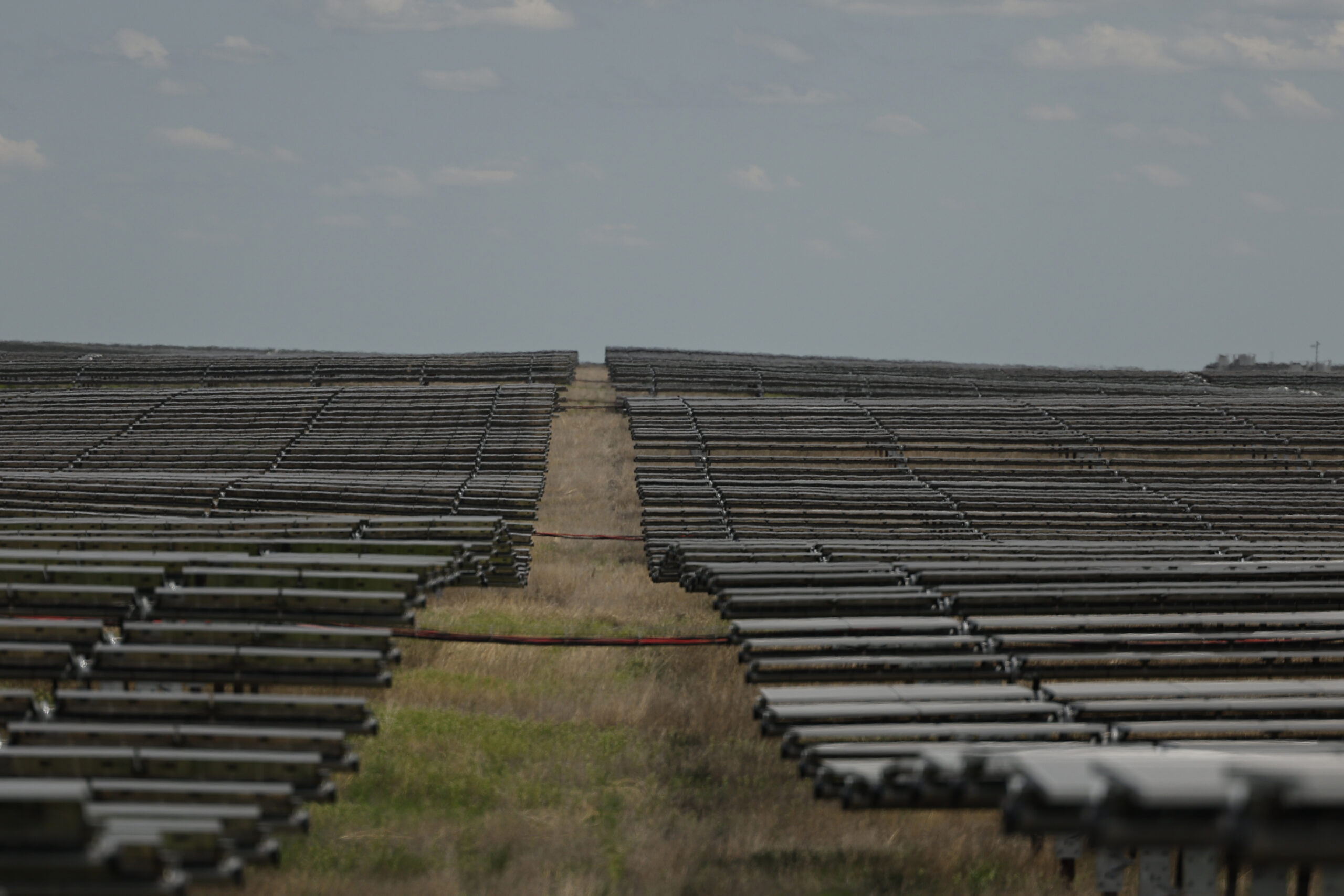
He was appointed by Kenney’s government in 2020, following a cleanse of boards, particularly at colleges and universities, across the province after four years of NDP rule.
Engen’s last registered donation to a political party was in 2015, when he donated to the Wildrose Party — which merged with the Progressive Conservatives to form the United Conservative Party in 2017. Engen donated $450 to the Wildrose Party’s Calgary Edgemont constituency association, as well as $1,000 to Wildrose candidate Wayne Anderson in Highwood.
In 2010, he donated $2,750 to the Wildrose Party.
“The [Alberta Electric System Operator] board is confident in Aaron’s ability to assume the president and CEO role,” Johannson said in the release announcing Engen.
“He will play a key role in engaging with stakeholders in the development of Alberta’s market design and brings deep corporate finance, investment and transactional experience which will help support the [Alberta Electric System Operator] and stakeholders as we move through this transition.”
That transition has included a sudden moratorium on renewable energy, followed by stringent new regulations on their development and vocal government support for new technologies that would require significant time and investment, including small modular nuclear reactors and hydrogen.
Internal correspondence obtained through freedom of information requests showed the grid operator under Law had numerous objections to those plans.
In the leadup to a moratorium on renewable energy projects announced in August 2023, internal documents obtained by The Narwhal showed Law and others were worried the move could have severe impacts on investments and long-term reliability.
Law himself warned the moratorium could throw the industry into a “tailspin,” and was cautioned by his board chair to “support the minister without reservation.”
At the same time, the government was publicly musing on its aspirations to invest directly in Alberta’s free electricity market to support its preferred technologies. This could take the form of government-backed contracts to support private companies building specific types of generating plants — like nuclear — or owning those plants directly through a Crown corporation.
But new internal documents obtained by The Narwhal show the grid operator was busy strategizing on the best ways to dissuade the government from these plans.
The discussions took place after the provincial government tasked the operator with drafting a report into potential market reforms, up to and including long-term contracts with private power producers to spur development of preferred technologies like nuclear, or full ownership of power generation through a crown corporation.
In one presentation from Dec. 1, entitled “Executive Alignment Workshop #1,” the grid operator called the government’s preferred technologies “largely untested,” and with “uncertain viability/commercialization.”
It said investments in small modular reactors or large-scale nuclear reactors would require government backing and the market could deliver on reliability and affordability without that option.
“This may not be required,” reads one slide in that presentation.
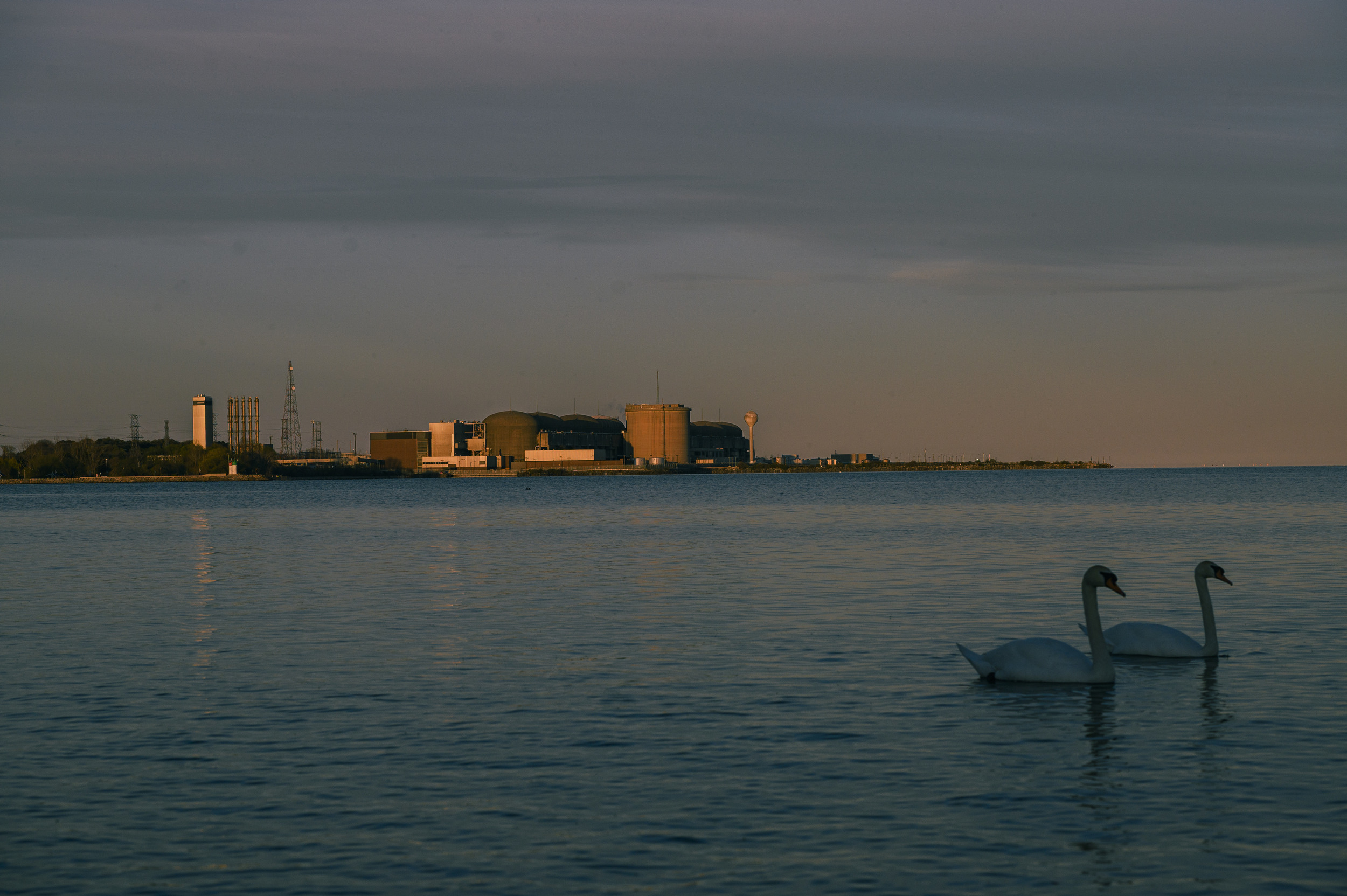
Staff also cautioned about the high cost of hydrogen — another technology oft-touted by the Alberta government — and the lack of infrastructure to support it.
Other internal documents from that time show staff deliberated the best ways to convince the government not to interfere in the market, worrying about private investments drying up and shifting the balance of risk onto Alberta taxpayers.
The grid operator’s “executive alignment” presentation urged leaders within the organization to use the government’s own language to steer it away from those possible changes, and to ensure a provincial Crown corporation was seen as a “last resort.”
Law, writing in a memo, warned the more “directive [the Government of Alberta] wants to be, the less effective a pure market becomes.”
In its final report delivered to the government on Jan. 31, the operator warned direct investment through long-term contracts for generation are a “no-turning-back option” only to be used if all other efforts fail, echoing internal debates around dissuading the government.
Targeted, short-term contracts could be used before that point, according to the report, but there was doubt within the organization as it was preparing the report, warning even that amount of intervention could distort the market and could make other generators “hold out for their own contracts.”
Jason Wang, a senior analyst with the Pembina Institute who examines electricity systems said the government has introduced significant uncertainty into the market by musing on long-term contracts and Crown corporations, not to mention the pause on renewables and new regulations which hamper their development. He also agrees with the internal discussion at the system operator when it comes to picking specific technologies.
“We need to be fair to all types of potential technologies,” he said. “If we’re favouring some over others, then that distorts the attractiveness of investing in Alberta, especially at a time when every jurisdiction is looking for investment into modernizing their electricity systems.”
He said if Alberta wants to meet demand, and work towards decarbonization, it needs to focus on deploying technologies that are “already cost effective, and that are proven, as quickly as we can.”
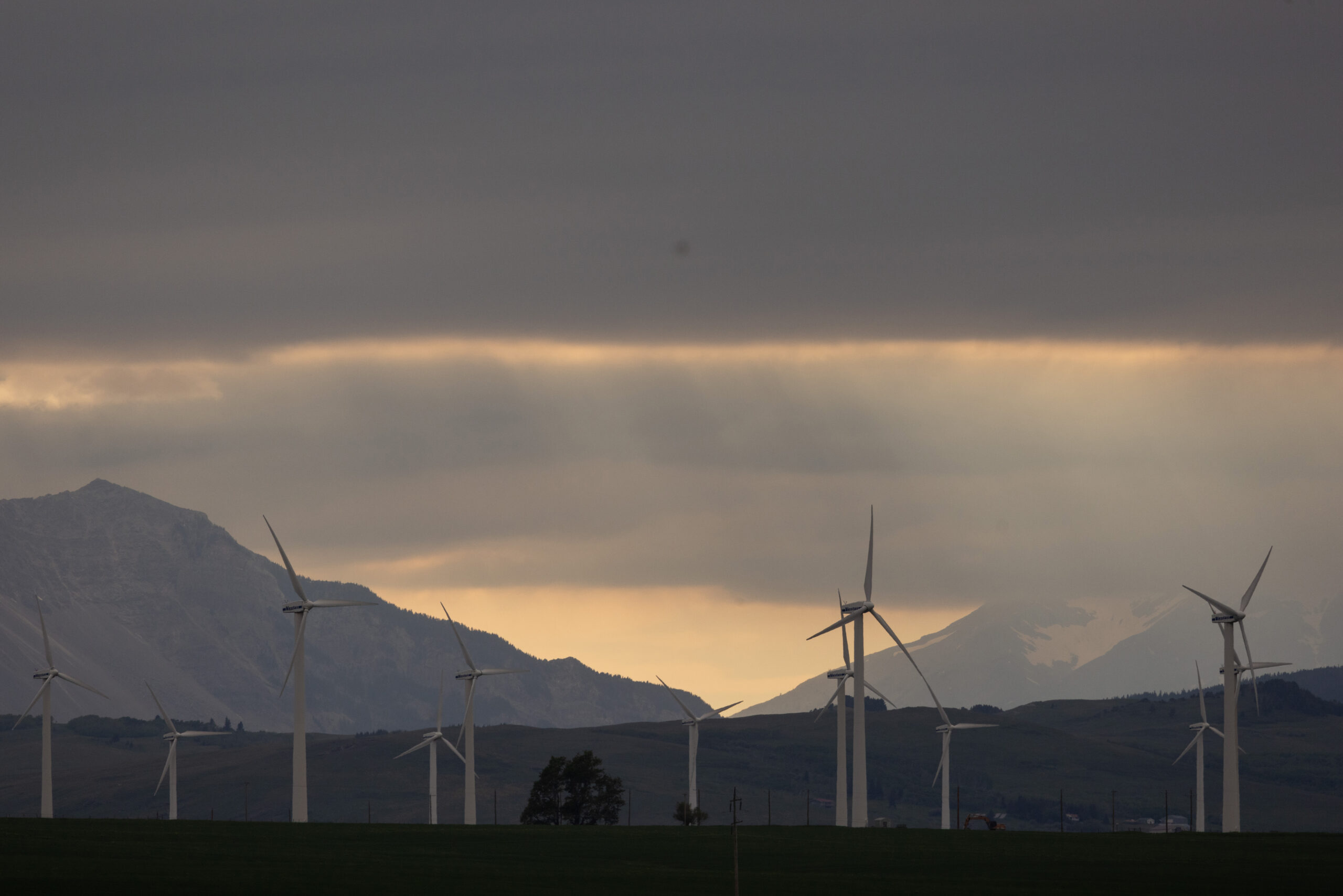
That will require a focus on cheap renewables, more connections to other jurisdictions to expand the grid and implementing mechanisms to reduce demand, Wang said.
A recent Pembina Institute report, co-authored by Wang, found 53 renewable energy projects have been cancelled since Alberta instituted its moratorium. The report also notes new applications plummeted and are now essentially at a “standstill.”
Since the internal discussions late last year, the grid operator has implemented temporary market changes to rein in the power of natural gas producers to set higher prices, and to ensure enough generation is available if a shortage is forecast. Longer-term changes to the market are expected to be implemented in 2026.
The government has also directed the operator to alter transmission line planning and to explore improved connections to neighbouring jurisdictions.
Young, who reviewed some of the internal documents obtained by The Narwhal, said the system operator isn’t as independent as some view it. It is required to follow policy as set out by the government and oversight remains with the government-appointed board.
But she said the logic behind arms-length agencies like the Alberta Electric System Operator is it offers credibility and expertise.
“The problem here is that that credibility is lost when government is dictating what these agencies will say,” she said. “That’s sort of at the heart of the dynamic that we see in this instance.”
Young points to the ouster of two CEOs of Alberta Health Services and multiple executives since 2022, as well as the dismissal of the president of Athabasca University, who openly pushed back against the provincial government, as two fairly recent examples of how the province has flexed its muscle to reshape arms-length bodies.
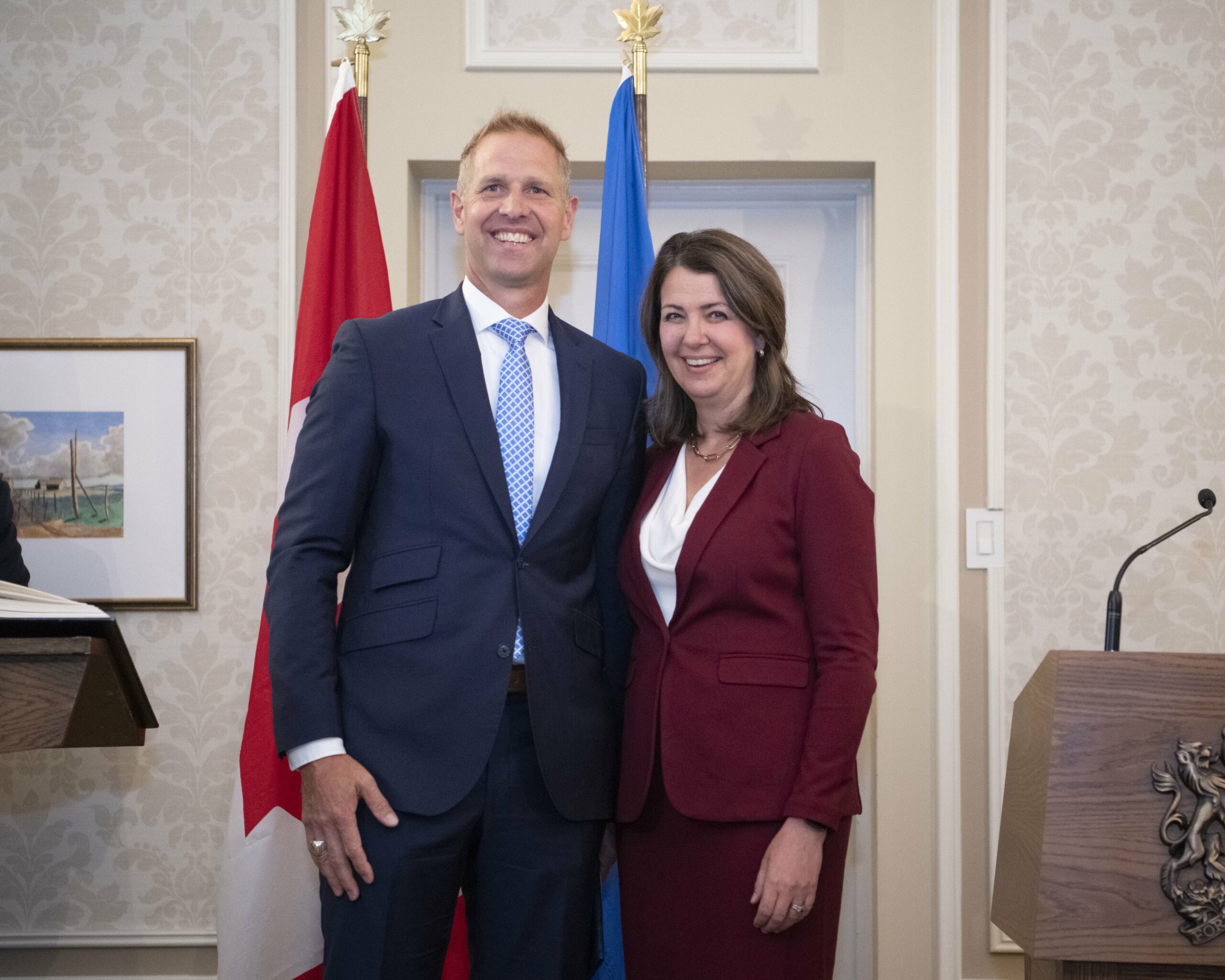
The tension between independence and government direction is a fine line, according to Michael Wernick, the former head of the federal public service and now the Jarislowsky Chair in the graduate school of public and international affairs at the University of Ottawa.
The government, he said, is elected to determine policy and then has to answer to voters for those decisions. The stand-alone agencies offer advice, but ultimately have to listen to direction given by elected officials.
“Whether they tilt policy for or against clean energy, that’s democratic politics as long as it’s in the open,” he said.
Wernick, who was not speaking with direct knowledge of what happened at the Alberta Electric System Operator, said the key to maintaining credibility, both in the decisions of the government and of the arms-length agencies, is a degree of transparency.
“It’s when they sort of go into the bunker and just [say] ‘We know best’ — that causes erosion of confidence in the whole democratic process,” he said.
The system operator has not been without challenges under Law’s leadership. The primary function of the operator is keeping the lights on and there have been some close calls over the past year.
Shortages in the middle of a winter cold snap and again in early spring threatened to cut off power across Alberta. Both of which were blamed in part on poor short-term forecasting by the system operator and natural gas plants being offline.
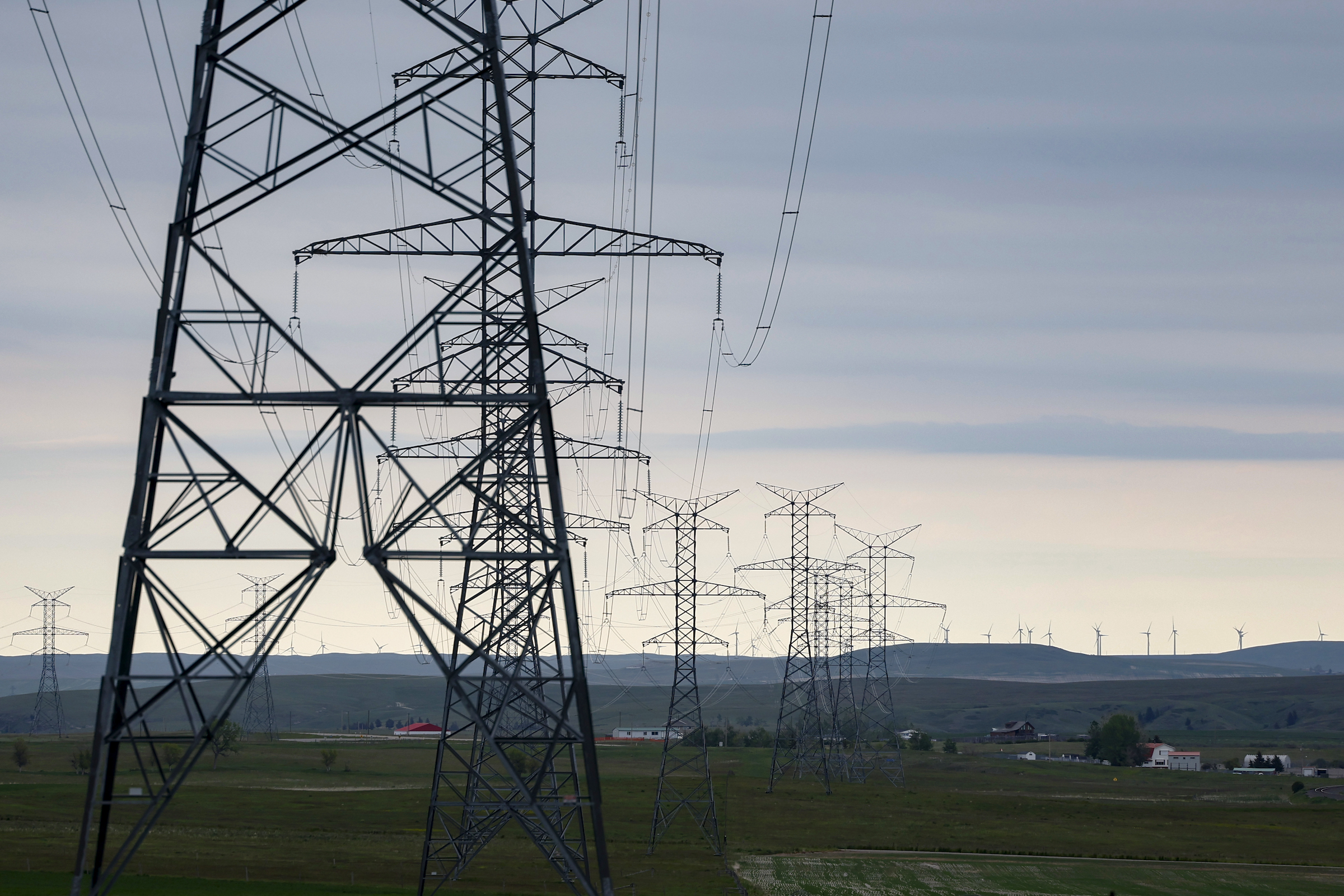
An alert in July, which the grid operator said did not threaten to cause outages, was also brought on, in part, by a natural gas generator being offline.
There has also been widespread criticism of the operator for its failure to properly forecast the province’s long-term power supply, including the technologies that will provide it.
Wang with the Pembina Institute is quick to point out that forecasting is difficult and the grid operator has done some important work, but he also said there have been notable shortcomings.
“In the 2024 [long-term outlook], we saw big discrepancies, especially in the solar energy sector, where projects that are in development far exceed what they’re anticipating,” he said.
In other words, the projects in the queue already surpass the long-term forecast.
Those forecasts also miss the mark on pricing, he said. The operator regularly anticipates higher costs for things like solar, wind and energy storage.
It might seem like a clerical matter, but those forecasts can have significant impacts when there isn’t enough electricity to keep the lights on, or if the technology mix is off.
“What we saw in the long term outlook this year and what we saw in previous years is just multiple examples of not sufficiently planning ahead,” Wang said.
While it’s not known whether Law resigned or was asked to leave the organization, internal debates within the system operator, detailed in documents obtained through a freedom of information request, show staff were keenly aware of the politics at play.
“[The Alberta Electric System Operator] looks at affordability over an investment cycle — [the Government of Alberta is] looking at 3.25 years,” wrote one senior staffer discussing talking points to the government, meaning the grid operator takes a long-term view of power generation, while insinuating the government is focused on election cycles.
“[The Alberta Electric System Operator] is bound by the policy we are governed by — be clear that decisions have been made that were not in alignment with what we have done otherwise,” they wrote.
Another said the government was focused on reliability and affordability, but there were also “broader objectives in the context of Alberta’s economy and enabling a continued strong oil and gas industry while reducing emissions towards a 2050 net-zero goal” that also impacted electricity.
The government is moving fast to reform the electricity system, limiting the growth of renewable energy, changing the way transmission is built and aiming to rein in prices with moves that include reining in the power of natural gas producers, as just some examples.
There is one change, however, that Wang said isn’t moving fast enough.
“There is no long-term decarbonization plan apart from just saying by 2050 we want a carbon neutral economy — which is a plan the government hasn’t updated in a year and a half,” he said.
Get the inside scoop on The Narwhal’s environment and climate reporting by signing up for our free newsletter. A $335 million funding commitment to fund...
Continue reading
A trade war could help remake B.C.’s food system, but will family farmers be left...

First Nations are leading efforts to make sure lake sturgeon can find a home in...

We’re excited to share that an investigation by The Narwhal is a finalist for the...
